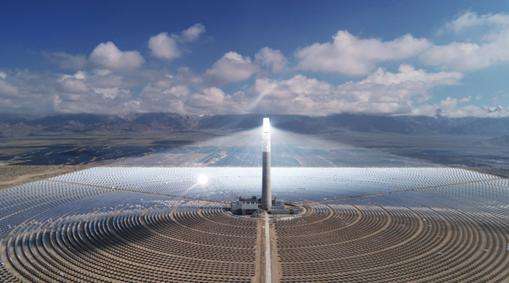First of all, we can know that the rubber tube will provide tensile force to the steel pipe. This tensile force can balance some of the gravity, but obviously this tensile force alone cannot hold the steel pipe in a horizontal position. because for a rigid body to maintain equilibrium, not only must the force acting on it be zero, but the resultant external force above must also be zero. Assuming (and it should be) that the center of mass of the steel pipe is at its geometric center, then to make it balance in a horizontal position you simply apply an upward horizontal force to its other end equal to its gravity plus the gravity of the water in the water pipe. Half the force, and this force is naturally exerted by spraying water from the water pipe. The impulse theorem tells us: Δp=FΔt, that is to say that the change of impulsion is equal to the sum of the impulses acting on the particle. Then when Δt→0, this formula can be written as dp/dt=F, which means that the amount of change acting on the particle is dp/dt=F. The net external force on the particle is equal to the rate of change of the particle's momentum at that moment. The water sprayed in a very short time can be considered as a particle, so we can calculate the force of the water pipe on the water at any time through the flow rate. And since the flow is constant, it's not difficult. allows us to know the force of the water outlet pipe on the water sprayed. It is also constant, so the force of the water on the water pipe can naturally be calculated, so this problem is easily solved.
Solution: Suppose the water pipe sprays water with volume v (i.e. flow rate) per unit time, then the mass of water sprayed in dt is vρdt and the speed of the waterthe jet is naturally v/S, the water originally had no momentum in the vertical direction, so the change in momentum of the water is v?ρdt/S and the direction is vertically downward. From the previous discussion, it is not difficult for us to calculate the recoil force at this time as v?ρ/S, and the sum of the gravity of the water remaining in the water pipe and the water pipe water is (M+LSρ)g. It is not difficult to formulate the equation v? ρ/S=(M+LSρ)g/2
It is therefore not difficult to calculate v=square root ((M+LSρ)Sg. /(2ρ))














